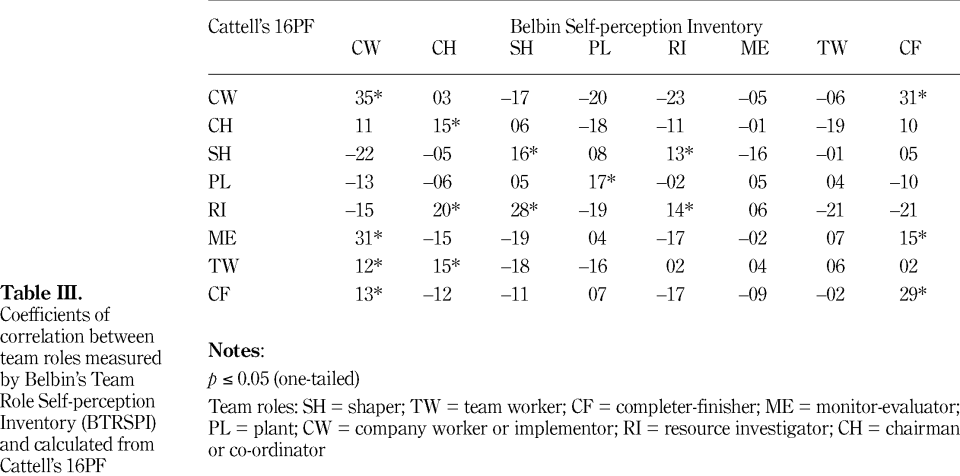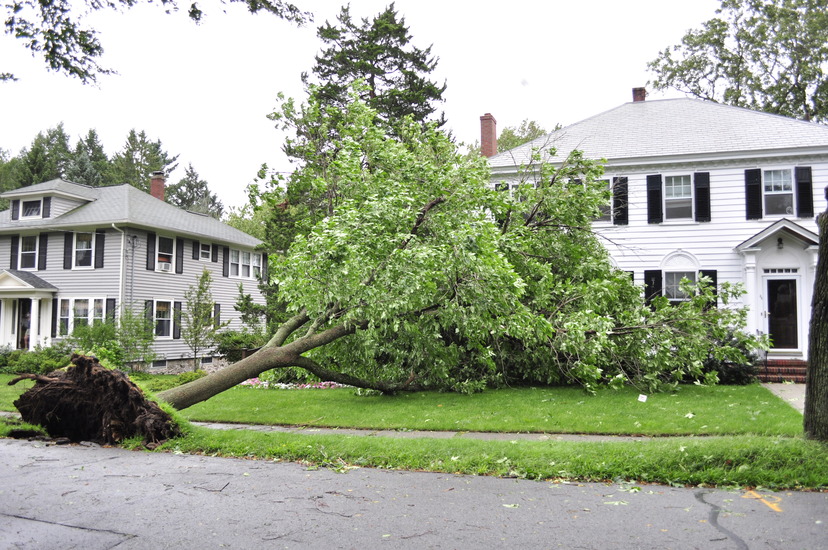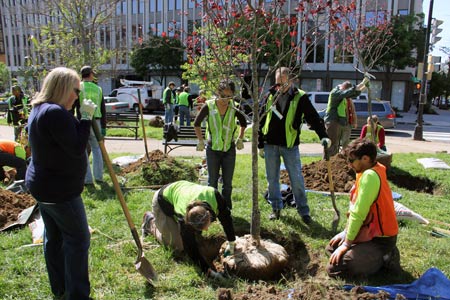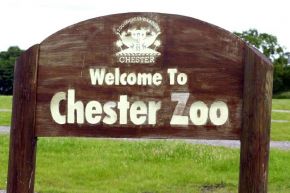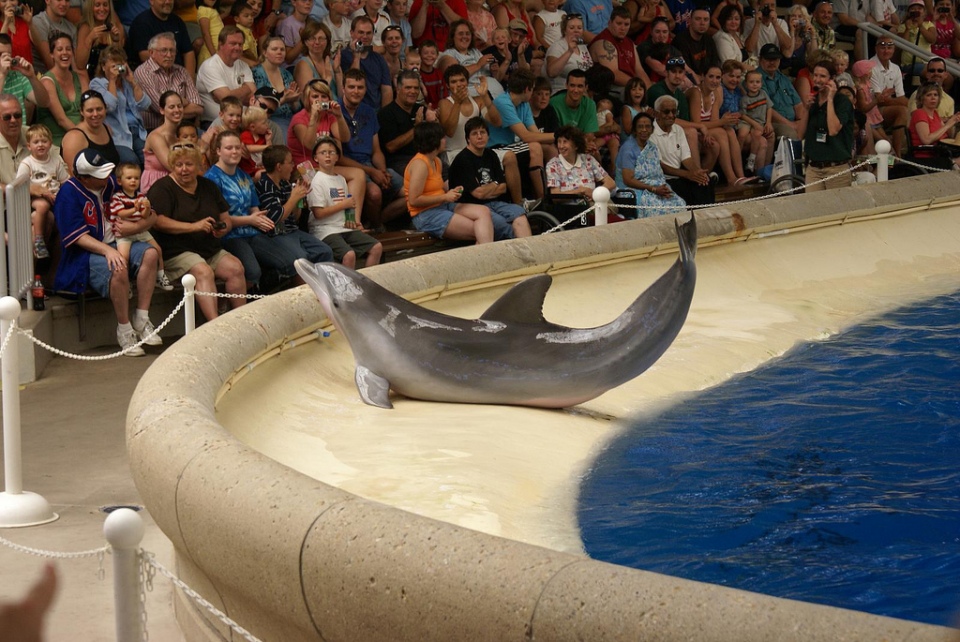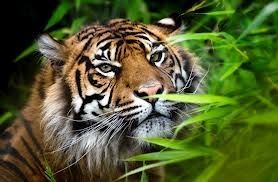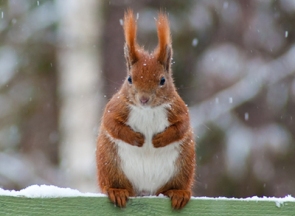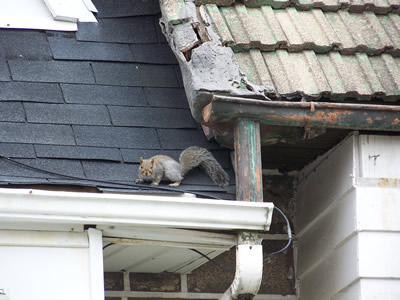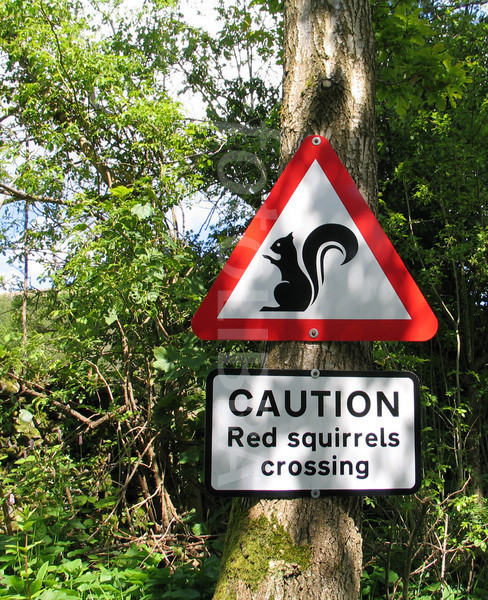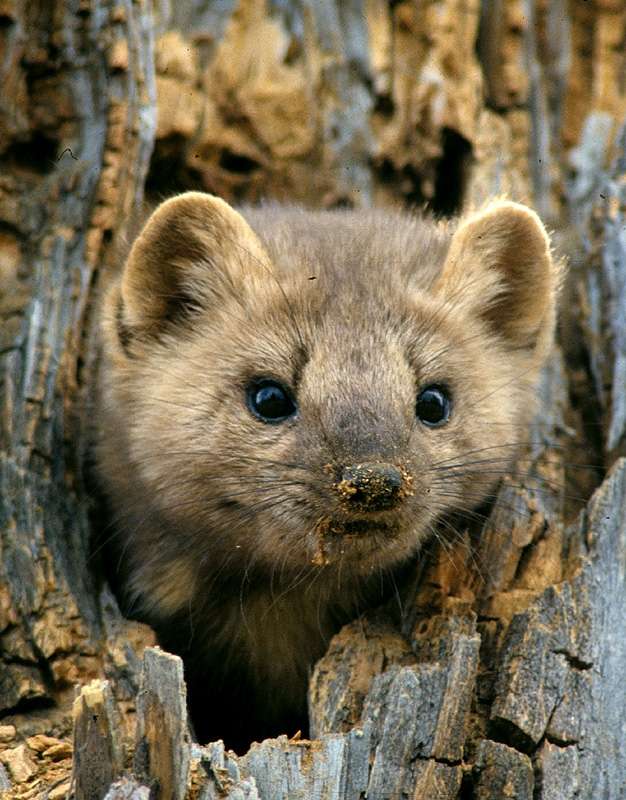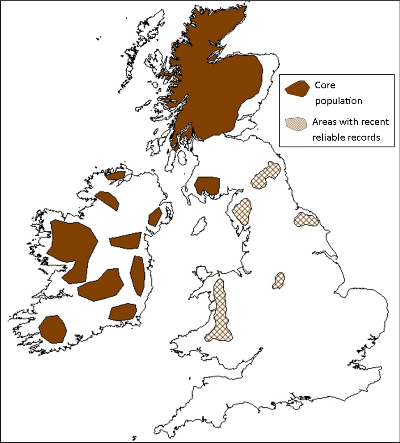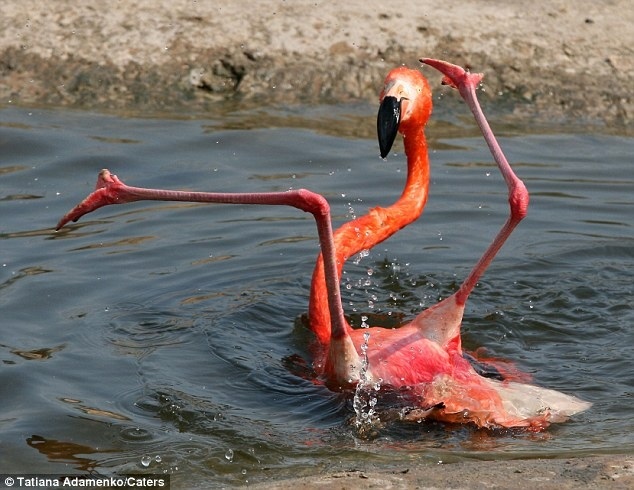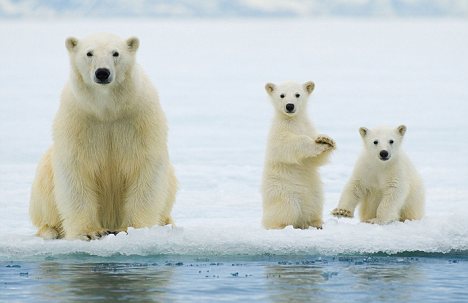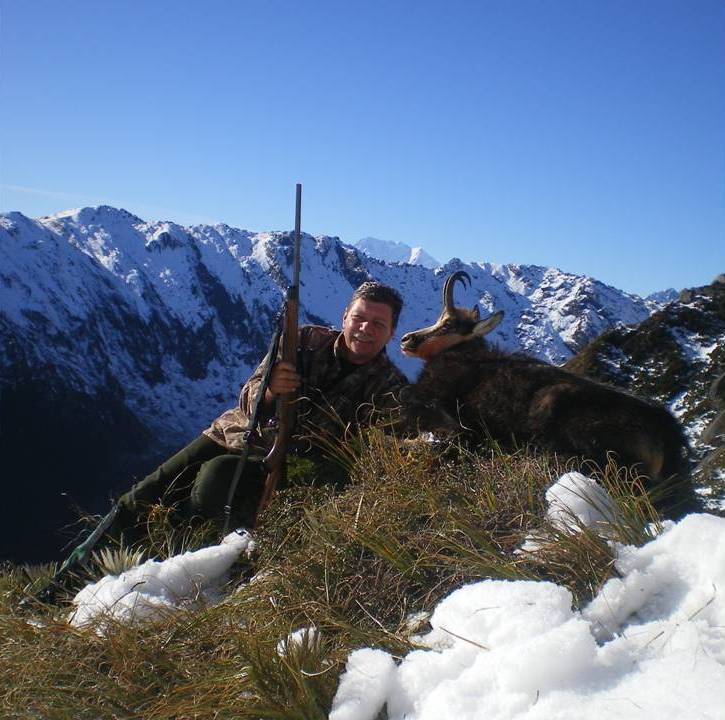This blog is a round up of what I learned during the course of this module and may or may not benefit my future plans, it may be lengthy and not the most interesting piece of writing but I hope you enjoy the read …..
Careers Cafe
I was looking forward to this talk as throughout my degree I have struggled to come up with a clear idea of what I would like to do with my future in terms of career prospects, and I hope some of the speakers on show may help inspire me with the ideas ! the talk consisted of past Bangor students who have led interesting careers within and around the field of biology, they discussed how they went about getting where they are wand what opportunities enabled them to reach the level they were at. the speaker who should out for me the most was Ross piper, he featured on BBC’s “wild burma”, a programme I watched religiously ! however the factor that inspired me most was the main message he wanted us to take home, which was “take whatever opportunities you can get your hands on” and told us hard work and passion are the best chances of getting yourself the job you want !
Constructing a CV
When I first heard about this assignment I thought to myself “hmmm…. easy marks” as I have applied for many jobs and used the same CV throughout and in most cases got myself a job, however this task wanted us to find a job/career in the biological world and not some weekend job in a pub, and that my friends was were it all went wrong.
I applied for a job with the wildlife trust, not a particularly high up position but one that I thought I would find interesting, I made simple adjustments to my current CV and handed it in, not properly looking at this instructions and aim of the task, and because of this the grade I received was less than pleasing. However I’m glad we did this task as the feedback I received allowed me to see what would actually be required for me to apply for a proper job in the sector that my degree has driven me towards and the cover letter aspect of the CV was one I had not encountered before so knowledge on how to complete this section an only be beneficial !
Dragons den – Time for business
The aim of this task was to help us understand how to put together a business plan and how to apply it, once again we were split into groups which I thought was a good idea for this workshop as it would require you to listen to other people ideas and putting forward your own.
We were given the choice of either the university museum or Treborth botanical gardens and told to develop a business plan in order to enhance their visitor numbers, recognition and economic value. We weren’t given any real boundaries in terms of financial investment and creativity, so was slightly disappointed when my groups came up with the idea of a “local foods” festival in Treborth botanic gardens, but non the less we worked as a team and put forward a convincing business plan and presentation. Overall I enjoyed the task and despite originally questioning the importance of the task I found it very interesting and valuable.
Interview time !
We were told to meet outside the museum in Bramble at 9 am and awake further instructions. I was slightly nervous before entering and the crowd of other nervous/confused people did help me. I think the nerves stemmed from me focusing on the word “interview” and to be honest I really didn’t have much of clue what the following day would consist of. After all of us entered the museum we were sorted into groups alphabetically, this left me in a group of complete strangers, I didn’t mind this as it provided a more realistic interview situation.
My nerves were finally quashed when Chris freeman announced that the interview would take place in these small groups and be peer assessed, an improvement on my original idea of the interview taking place in front of several lecturers and the rest of the class. our groups were handed a sheet containing sets of questions for the interviewers to use, we each took turns in interview and being interviewed, I was surprised at the type of question being asked, I thought they would be tailor made to jobs in zoology/conservation however the were more broad, stereo typical questions for example “how would your friends describe you ?” “What is your best trait and why ?”
After the interview we all discussed the marks we have given each other, happily everyone in our group exchanged A’s, perhaps because of the standard of question answers or perhaps because no one in our groups was brave/cruel enough to give out anything less than an A, either way I was happy. After this section we took part in an exercise which involved the completion of the “Bolbins self perception inventory” After filling the sheet it the worker it associated me with was one I could see myself as, none the less this task was very interesting because you could recognise your friends with the different worker types and provided a clear insight to what kind of workers you can expect to see in work place.
Conclusion
Overall this year I have thoroughly enjoyed this module, its been a nice change form the usual 2000 word literature review and exam, many of the tasks offered me insights into what is required of me in the future when applying for jobs and put my course in a real world situation. All of the seminars were excellent providing me with knowledge on subjects I hardly new existed. If I were to resit the year or take part in another degree where by this module was available I would definitely sign up ! as it has a mixture of fun and interesting assessments and useful knowledge on the working world around us.

